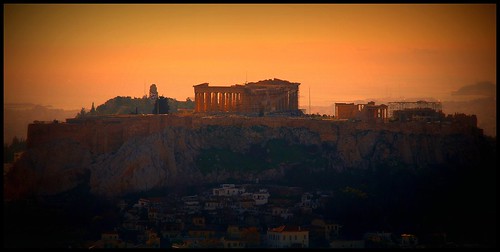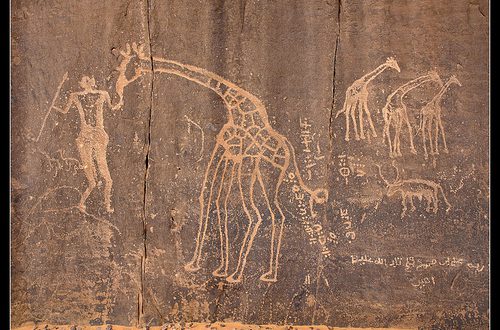Monte Testaccio, also known locally as Monte dei Cocci, is an artificial mound in Rome composed almost entirely of fragments of broken amphorae dating from as early as the first century BC to 260 AD. Some of the amphorae were labelled with tituli picti – trade marks and writing in black and red pigment. It is one of the largest waste sites known to still exist from the ancient world, with a circumference of about 1.4km and a height above ground of 35m. Fifteen metres of the terracotta layers are below ground level. It is about 100m from the banks of the Tiber, near the state warehouses known as the Horrea Galbae, which stored the city’s stocks of olive oil during the second century AD.
Some archaeologists estimate that up to 80 million olive oil amphorae could have been disposed of on Monte Testaccio, with olive oil imports reaching their peak at the end of the second century, when some think that as many as 320,000 amphorae were being disposed of on the site each year. The average capacity of the vessels was 65 litres and some estimates have said this represents approximately 22 litres per person. The amphorae found at Testaccio were from state imports – it is thought the actual figures for olive oil consumption could be far high if private imports and domestic production are taken into account.
Monte Testaccio was a highly organised refuse site – the jars were deposited in layers with terraces and were broken in such a way that they fitted compactly together, wasting little space. Excavators also found lime deposits on the pieces of amphora – this was used to neutralise the strong smell of the oil.




